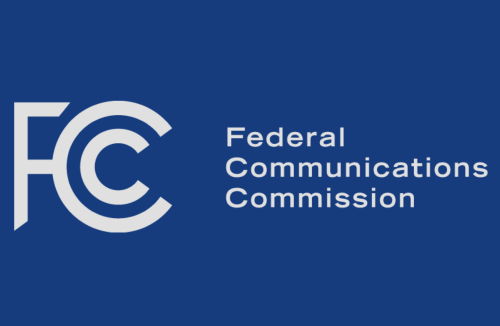The Federal Communications Commission has just proposed new rules that would improve wireless communications on unmanned aircraft systems by allowing access to the 5 GHz band.
Building off a 2020 report advocating for UAS access to the 5030-5091 MHz licensed spectrum, FCC officials look to bolster the capabilities of UAS in critical missions, including disaster relief and consumer uses.
“It is past time that we assess the availability of wireless communications resources for the increasingly important remote-piloted aircraft activity we rely on today,” FCC Chairwoman Jessica Rosenworcel said Wednesday in a statement. “The FCC must ensure that our spectrum rules meet the current—and future—spectrum needs of evolving technologies such as unmanned aircraft systems, which can be critical to disaster recovery, first responder rescue efforts and wildfire management. I thank our colleagues at [the National Telecommunications and Information Administration]and [the Federal Aviation Administration] for their engagement on this proceeding, and I look forward to building a strong public record for this rulemaking.”
The Notice of Proposed Rulemaking seeks comment on service rules for the 5030-5091 MHz band that would provide unmanned aircraft system (UAS) operators with access to licensed spectrum with the reliability necessary to support safety-critical UAS communications links.
The NPRM also seeks comment on whether the Commission’s rules for various flexible-use spectrum bands are sufficient to ensure co-existence of terrestrial mobile operations and UAS use or whether changes to Commission rules are necessary to prevent or mitigate interference and performance concerns.
Also, to further promote the safe integration of unmanned aircraft operations in controlled airspace and facilitate flight coordination, the NPRM proposes a process for UAS operators to obtain a license in the aeronautical VHF band to communicate with air traffic control and other aircraft while maintaining the integrity of the band.
This NPRM was developed as part of ongoing collaboration with the FAA and NTIA, including within the formal Interdepartment Radio Advisory Committee process.
Commissioner Geoffrey Starks voiced support for the FCC’s proposed rule, noting that regulatory action on behalf of the agency can help the industry grow and maintain U.S. leadership in UAS and drone standards.
“UAS technologies pose plenty of potential, and their promise goes well beyond just package deliveries,” he said. “We’re right to continue supporting their development, even as we also explore the unique policy challenges posed by their operation.”
The federal government has long considered introducing UAS to the 5030-5091 MHz spectrum band, with Congress mandating research and analysis from the FCC and FAA regarding drone operations on licensed spectrum bands as part of the FAA Reauthorization Act of 2018.
Interference with other networks is the primary concern for permitting UAS access to the spectrum band, particularly with increased business and consumer needs. The congressionally mandated report supported access to the 5030-5091 MHz band, and raised concerns over the proposed access to the 960-1164 MHz band.
CTIA, a trade organization involved in the broadband and wireless communications industries, said in an October 2021 document that the FCC should consider several factors in UAS-spectrum rulemaking, including clarifying that a variety of spectrum bands will work for UAS operations.
“The Commission should recognize that UAS deployments will rely heavily upon commercial wireless spectrum and networks,” CTIA officials said. “Safe UAS operations depend on reliable, secure, nationwide communications over licensed spectrum.”
Sources: Press Release; Nextgov;

